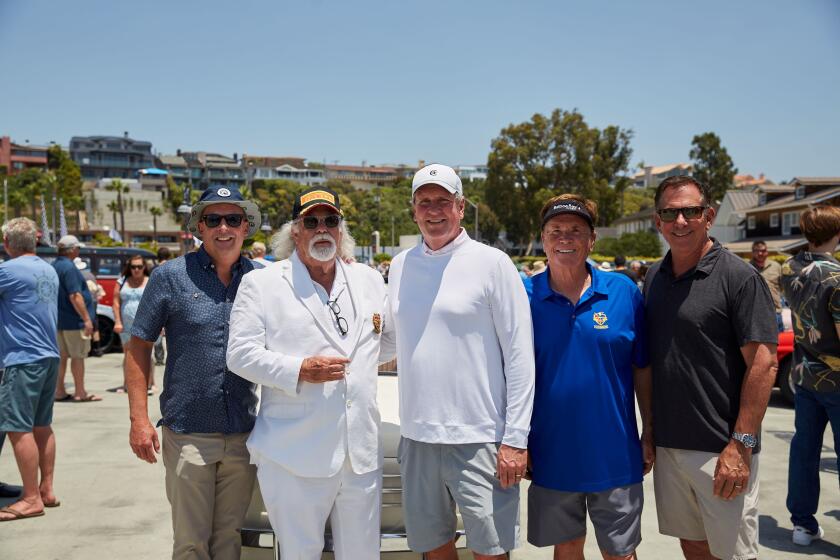Commentary: Don’t leave behind the English learners
It is natural for students to gripe about the chore of going to school. But for some students fluent in English and stuck in an English-language learner (ELL) program, school can be not only pure drudgery, but also may be a place where they feel left behind.
Those were the findings of a legislative hearing we conducted recently in Santa Ana. School board members, administrators, teachers, researchers, parents and former ELL students gathered to finds ways for well-intentioned ELL programs to better recognize when students are ready to pick up the pace and join their fluent friends in mainstream courses.
The ELL dilemma begins with a seemingly benign home-language survey. The survey asks parents of new students their children’s spoken language in the home. Parents receive general instructions on how to fill out the survey, but are unaware of the consequences the survey’s results will have on their children’s future.
Even though most students in ELL programs are U.S.-born citizens with early exposure to English, any language other than “English only” at home generally triggers further testing and placement in an ELL program. Sometimes parents don’t realize their child is designated an English learner until years later when their child is reclassified.
Once in an ELL program, the ascent out may take more than five years. Although an increasing number of savvy parents who view ELL placement as a diversion from mainstream education are moving their children out of such programs, ELL students often remain in the program for years without their parents’ knowledge or consent. (As a result, for the 25% of California students classified as ELL, their journey to higher education is often harder, longer and more uncertain).
Researchers testifying at our hearing also highlighted the issue of “long-term English learners,” students in California who have not reached sufficient English proficiency to be reclassified despite more than six years of ELL schooling. One report, “Reparable Harm — Fulfilling the Unkept Promise of Educational Opportunity for California’s Long Term English Learners,” authored by Californians Together and funded by the California Community Foundation, found that the majority (59%) of secondary school ELL students in the state are long-term English learners.
English fluency must be the goal for all of our students. The lack of consistency in statewide standards for the classification and reclassification of students as English learners needs a close examination. Parents need a clearer explanation of options when their children are first categorized as ELL, and they need agreed-to milestones leading to a successful ELL exit strategy. A successful ELL program must openly partner with parents, not be adversarial.
Overwhelmed local school districts trying to navigate a maze of state and federal ELL guidelines indicate they need clearer direction and best practices to deliver ELL programs more effectively.
Our hearing, “A Fresh Look: The Classification and Reclassification of English Language Learners,” was bipartisan and the first of its kind here in Orange County, and a great beginning to acknowledging some of the flaws in the ELL classification process.
We are gratified by the keen interest in this issue demonstrated by the large turnout the hearing generated, and look forward to better statewide English learner assessments and outcomes. Our students deserve no less.
JOSE SOLORIO (D-ANAHEIM) and CHRIS NORBY (R-FULLERTON) are members of the state Assembly.
All the latest on Orange County from Orange County.
Get our free TimesOC newsletter.
You may occasionally receive promotional content from the Daily Pilot.



